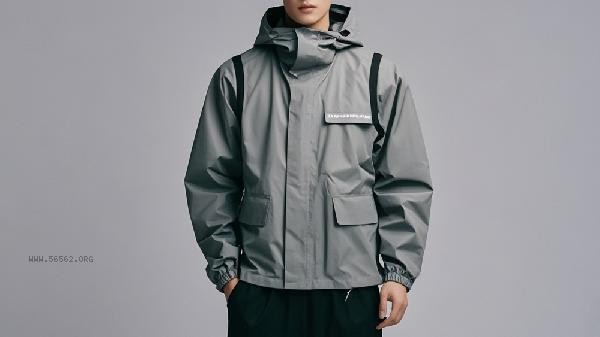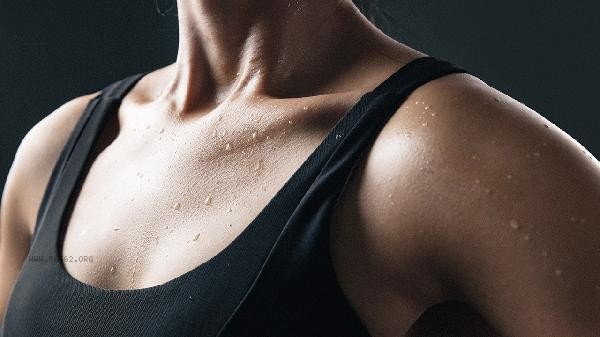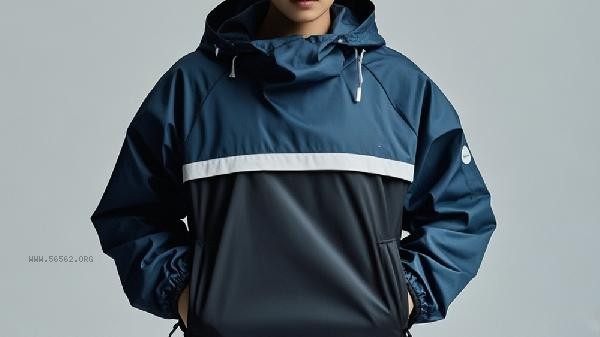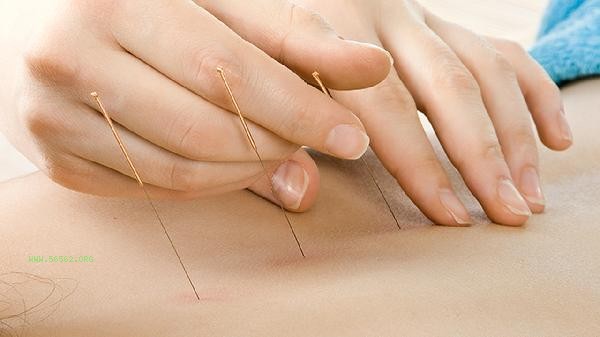Sweat jackets are usually made of synthetic materials such as polyester fibers, nylon, and polyurethane coatings, and are mainly achieved through waterproof and breathable membranes and multi-layer structures to achieve rapid sweating and insulation effects.

1. Polyester Fiber
Polyester fiber is the most commonly used basic material for sweatshirts, with high strength, wear resistance, and quick drying characteristics. Its fiber structure can quickly absorb sweat on the surface of the skin and diffuse it to the outer layer, which, combined with the three-dimensional cutting design of clothing, can accelerate sweat evaporation. Some high-end products will use ultra-fine polyester fibers to enhance comfort and reduce friction during exercise.
2. Nylon
Nylon is often blended with polyester fibers to give clothing better elasticity and stretchability. Although its moisture absorption is lower than that of natural fibers, it can form a capillary effect through special weaving techniques to help direct sweat away. Some products will use high content nylon fabric in the joint area to ensure freedom of movement during exercise.
3. Polyurethane coating
The inner layer of sweatshirts is often treated with polyurethane coating to form a waterproof and breathable membrane structure. The pore size of this microporous film is smaller than that of water molecules but larger than that of sweat molecules, which can block external water infiltration and allow sweat vapor to be discharged from the inside. The thickness of the coating directly affects the insulation performance of clothing, and excessive thickness may affect breathability.

4. Silver ion treatment
Some sweatshirts will add silver ion antibacterial agents to the fabric to suppress the odor caused by bacterial growth after exercise. Silver ions work by disrupting microbial cell membranes without affecting the breathability of the fabric. This treatment may pose a risk of irritation to sensitive skin, and local tolerance testing is required before use.
5. Reflective Material
Night sports sweatshirts often incorporate reflective strips or fully reflective coatings to enhance visibility in low light environments. This type of material often uses the principle of glass microbeads or prism reflection, and when combined with the base fabric, it needs to balance the reflective effect and breathability requirements. An overly dense reflective layer may affect the sweat wicking efficiency of clothing.

When wearing sweatshirt, avoid continuous use for more than 90 minutes, and change to dry clothes promptly after exercise to prevent catching a cold. It is recommended to use neutral detergent for daily cleaning and hand wash in cold water to avoid damaging the coating structure by high-temperature ironing. It is recommended that individuals with special physical conditions undergo a skin test before use, and stop immediately if they experience rash or itching. Reasonably controlling the frequency of use can be combined with aerobic exercise to achieve better fitness results.








Comments (0)
Leave a Comment
No comments yet
Be the first to share your thoughts!